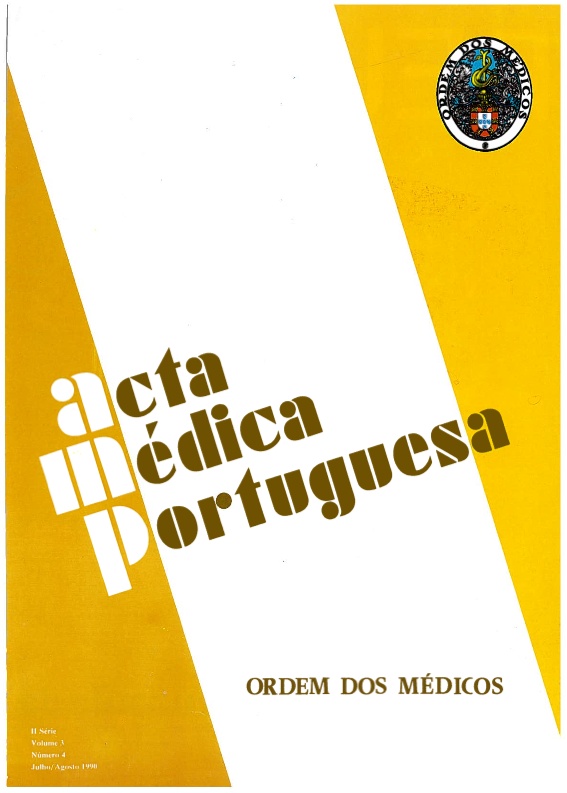Total gastrectomy with creation of a new stomach using the jejunum. A retrospective study of 120 patients.
DOI:
https://doi.org/10.20344/amp.4571Abstract
Results obtained in 120 patients with gastric carcinoma, and submitted between 1982 and 1989, to a total gastrectomy and a new technique of reconstruction with jejunum, are analyzed retrospectively. This technique associates, a jejunoplication around the terminal esophagus with the purpose to eliminate the entero-esophageal reflux and the risk of dehiscence, and a double jejuno-jejunostomy with the target to delay the emptying of foods and to increase the reservoir function of the neo-stomach. In 63 of these patients a lymphadenectomy type R2-R3 has been held and in the remainder a type R1 lymph node dissection. Pre-operative chemotherapy was done when there was significant weight loss or proved obstruction of the cardia or pylorus by a radioisotopic method. Post-operative chemotherapy was continued immediately after operation in all the patients with pre-operative improvement. Operative mortality until the 60th day of Hospital stay was 5.8% and was mainly related with the advanced age of the patients and the spread and localization of the tumor. Operative morbidity was also more marked in tumors spreading to the cardia. The five years actuarial survival rate was 17.2% to the stage III and IV and 38.8% to the stage I and II. The quality of life of the patients has been favored by the kind of gastric reconstruction that has been used: Jejunoplication reduce the entero-esophageal reflux to nearly 20% and the double enterostomy, specially if the duodenal transit is maintained, induce a more slow post-operative emptying than other kinds of reconstruction. This fact is related with a more physiologic absorption of glucose and to a more favorable nutritional condition.Downloads
Downloads
How to Cite
Issue
Section
License
All the articles published in the AMP are open access and comply with the requirements of funding agencies or academic institutions. The AMP is governed by the terms of the Creative Commons ‘Attribution – Non-Commercial Use - (CC-BY-NC)’ license, regarding the use by third parties.
It is the author’s responsibility to obtain approval for the reproduction of figures, tables, etc. from other publications.
Upon acceptance of an article for publication, the authors will be asked to complete the ICMJE “Copyright Liability and Copyright Sharing Statement “(http://www.actamedicaportuguesa.com/info/AMP-NormasPublicacao.pdf) and the “Declaration of Potential Conflicts of Interest” (http:// www.icmje.org/conflicts-of-interest). An e-mail will be sent to the corresponding author to acknowledge receipt of the manuscript.
After publication, the authors are authorised to make their articles available in repositories of their institutions of origin, as long as they always mention where they were published and according to the Creative Commons license.









